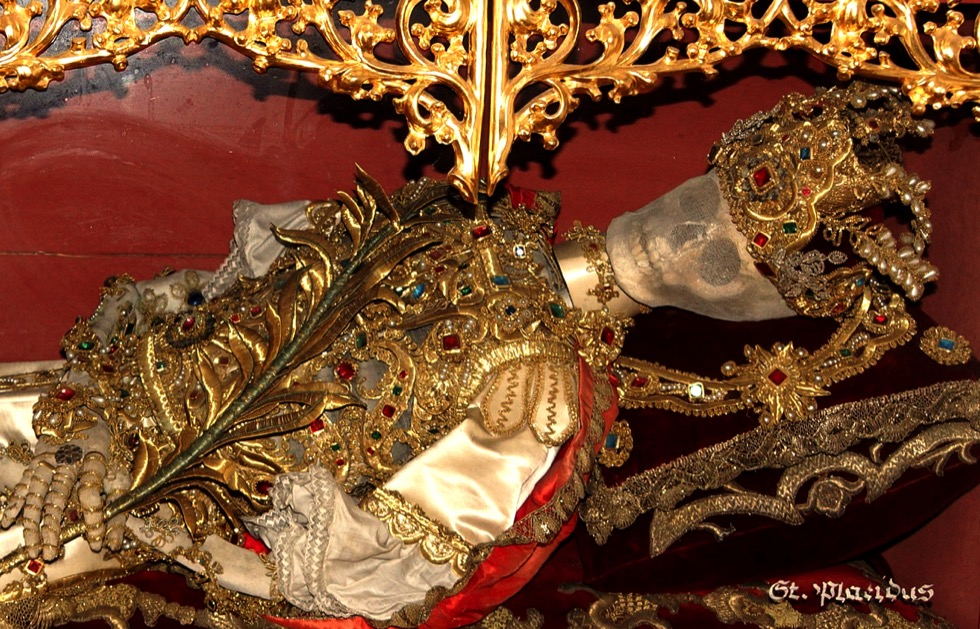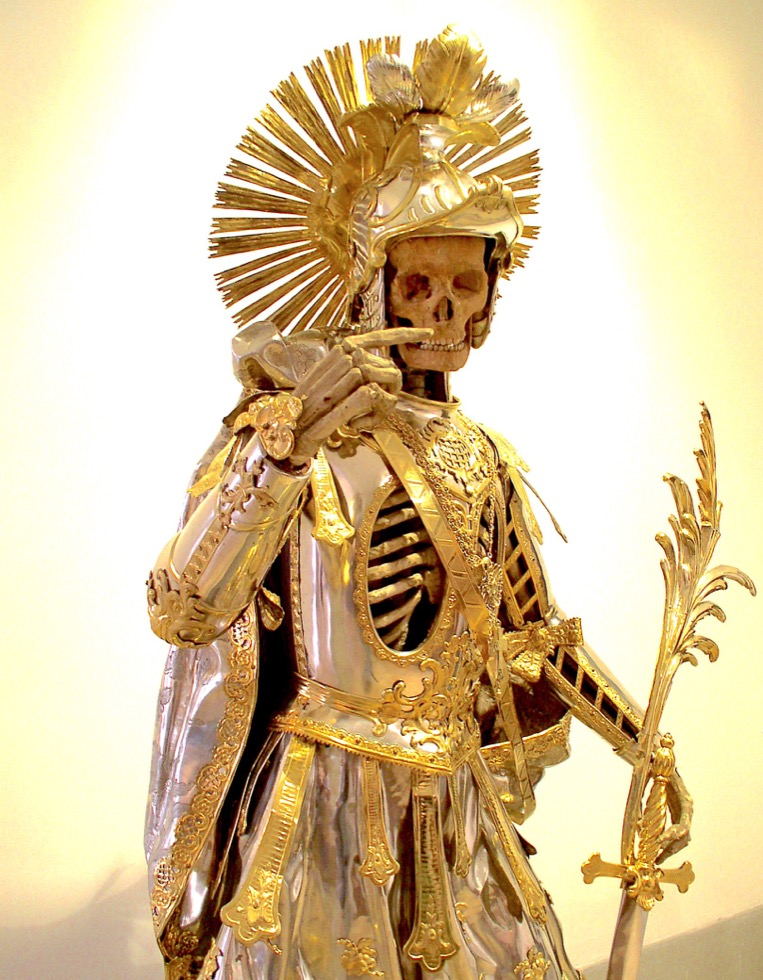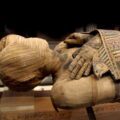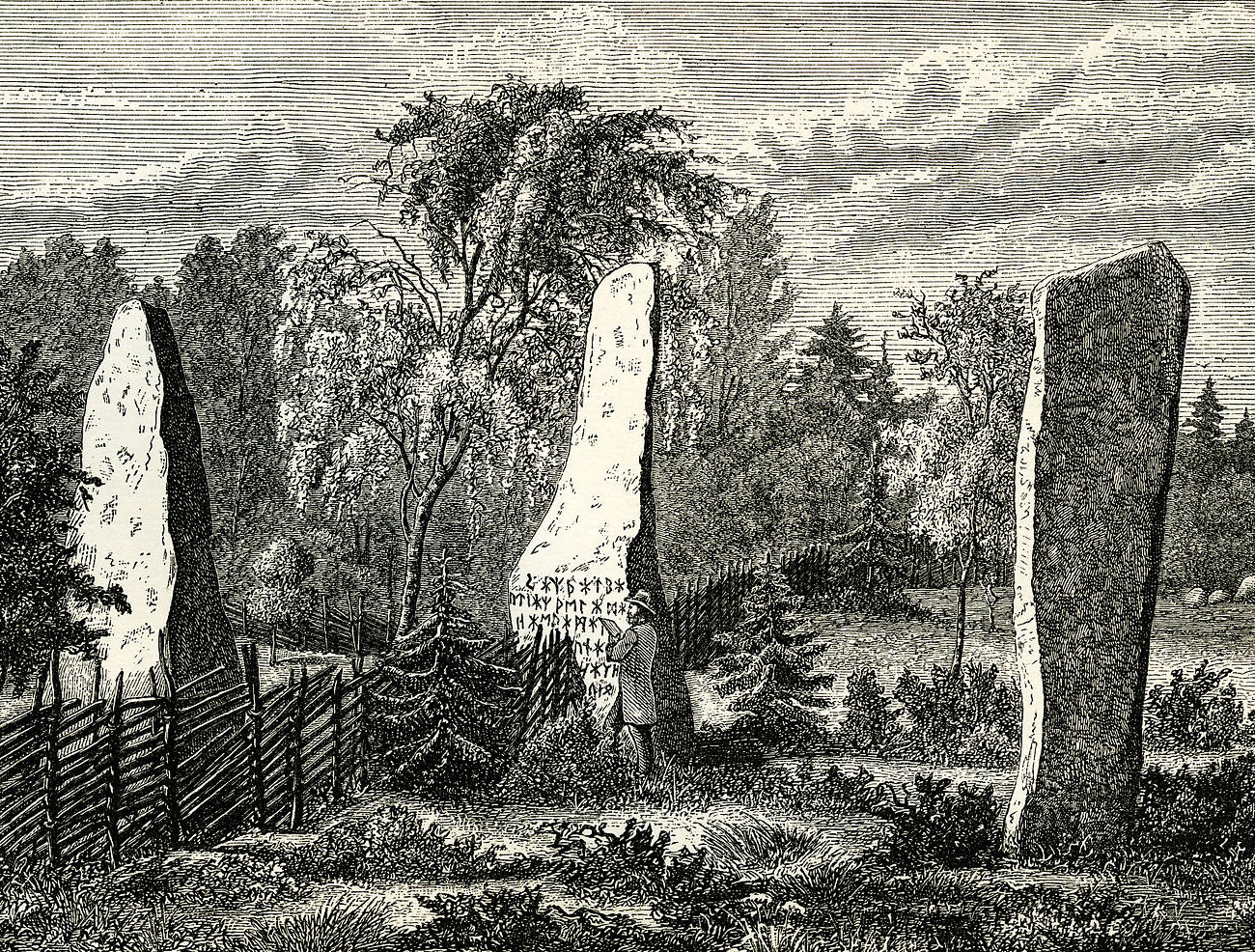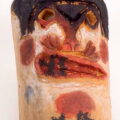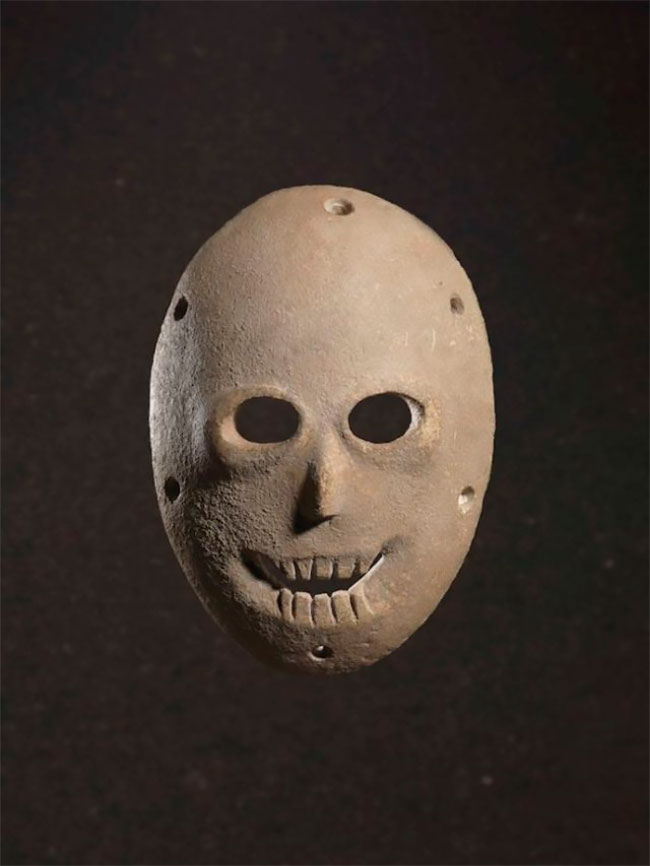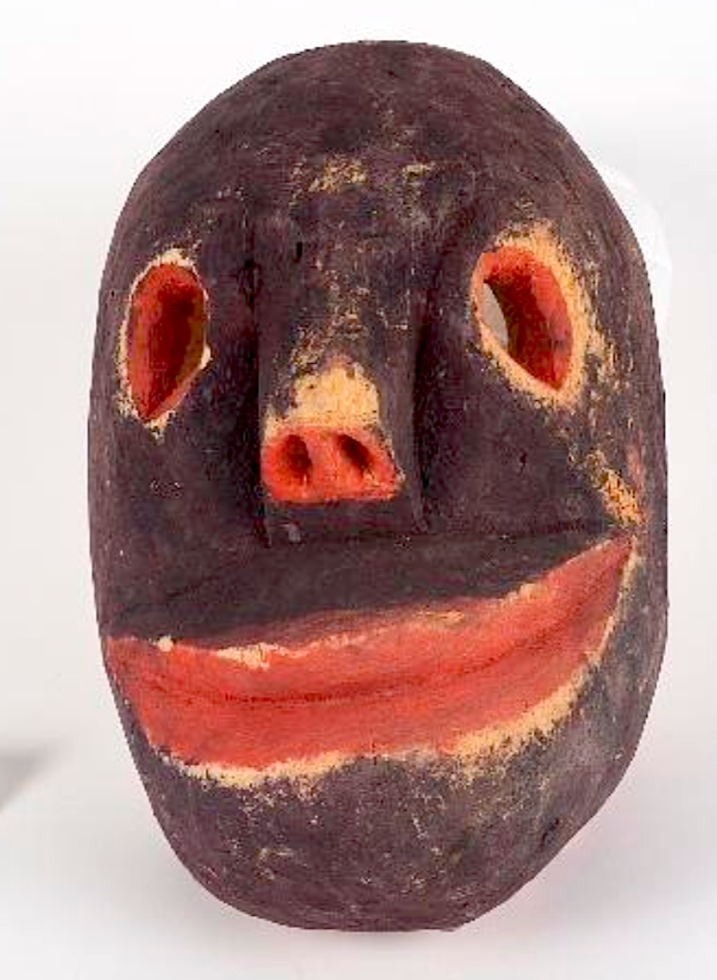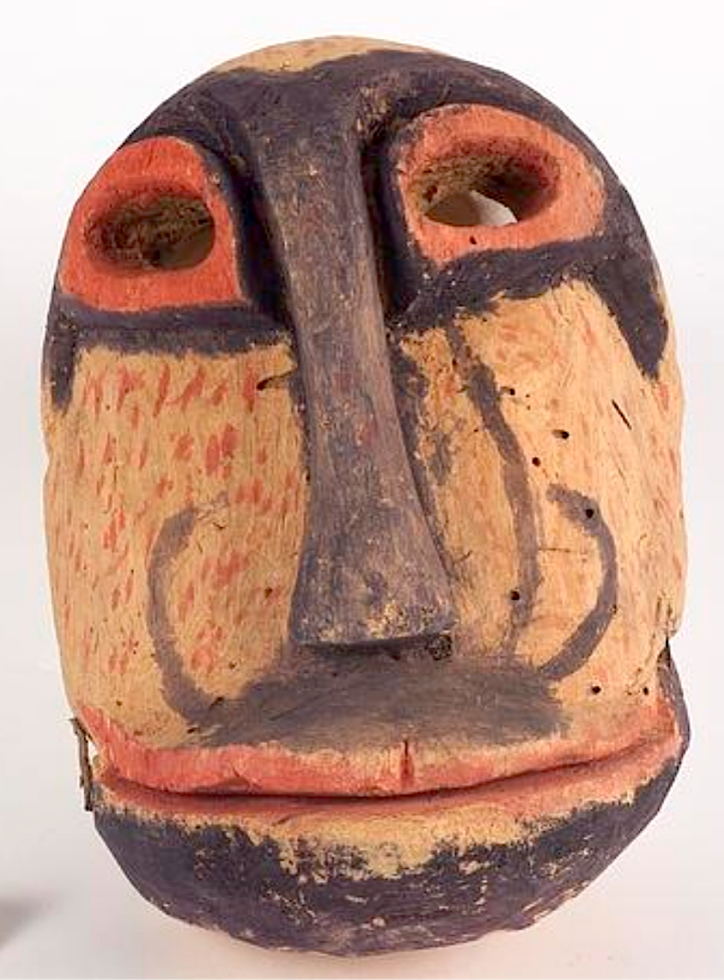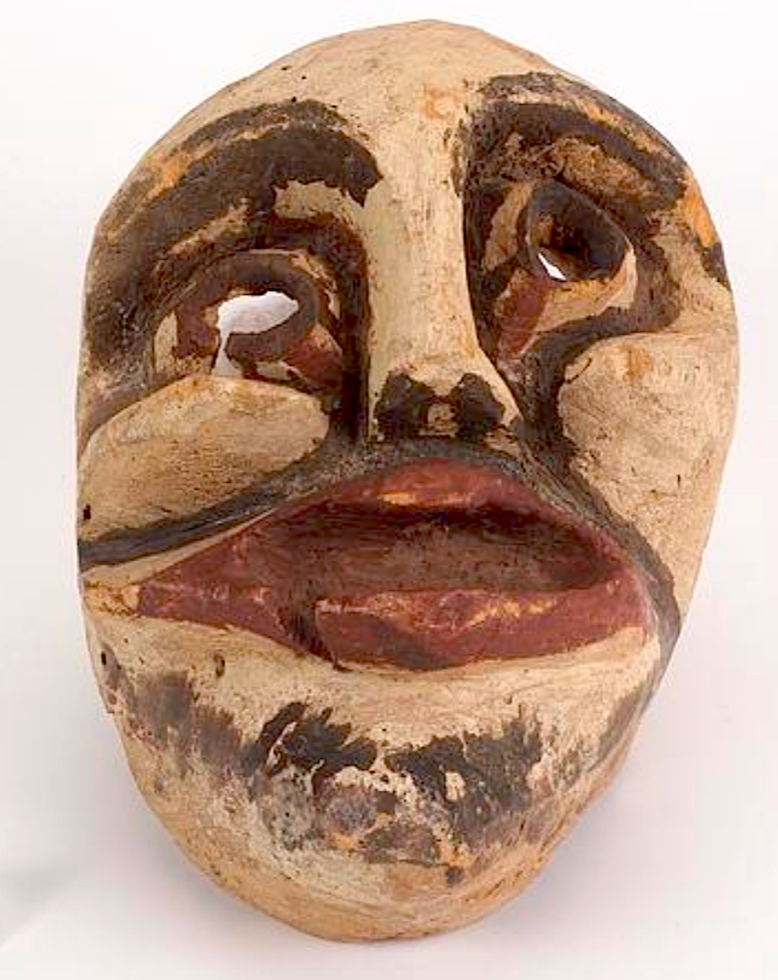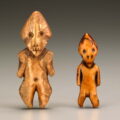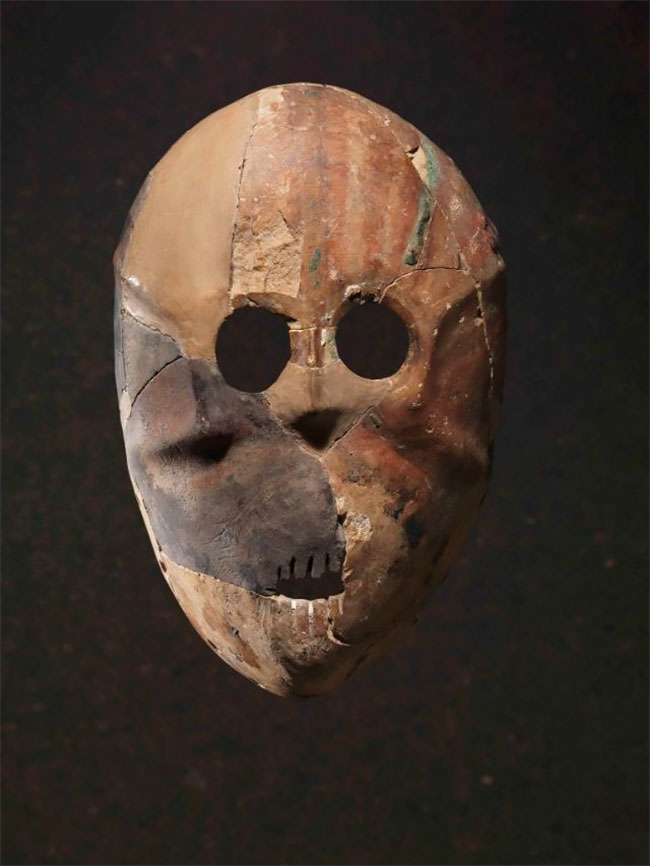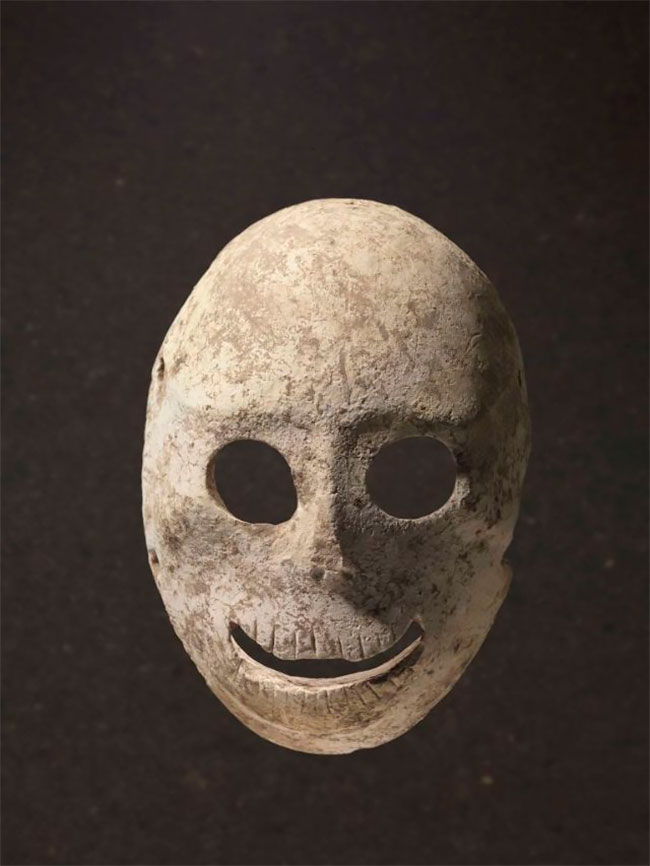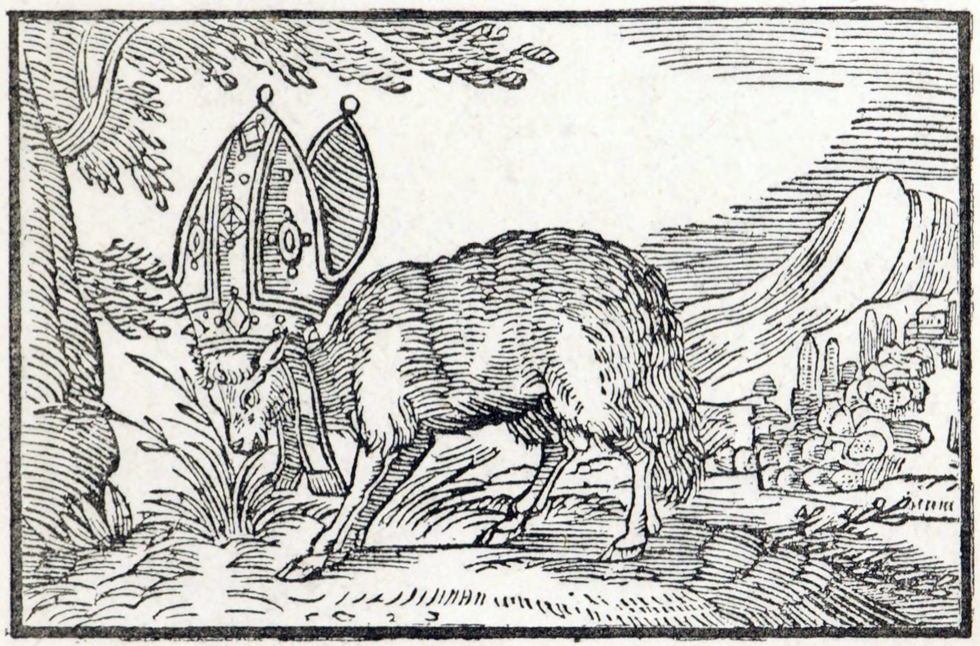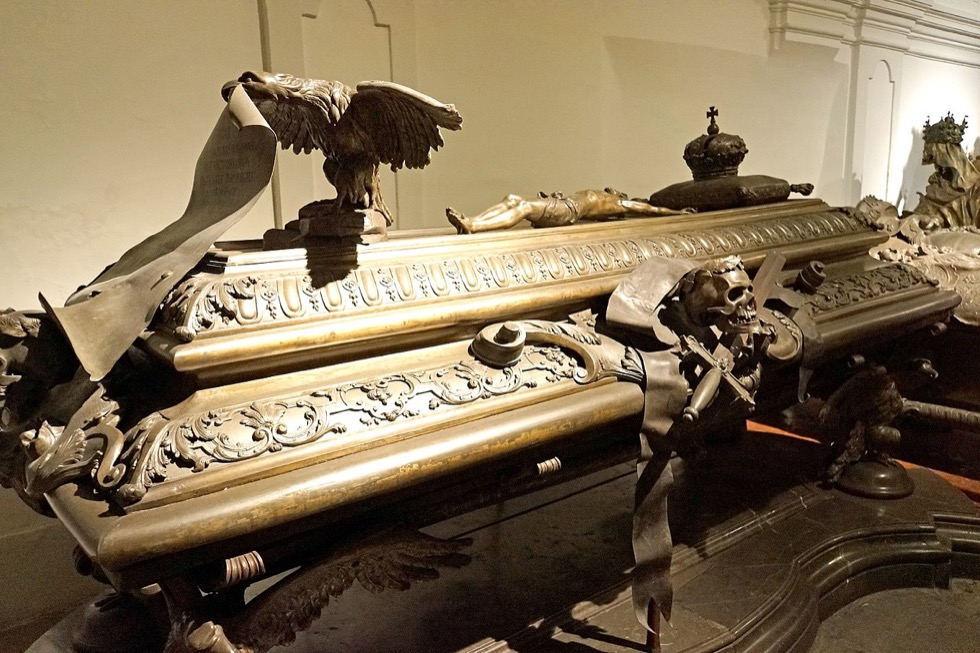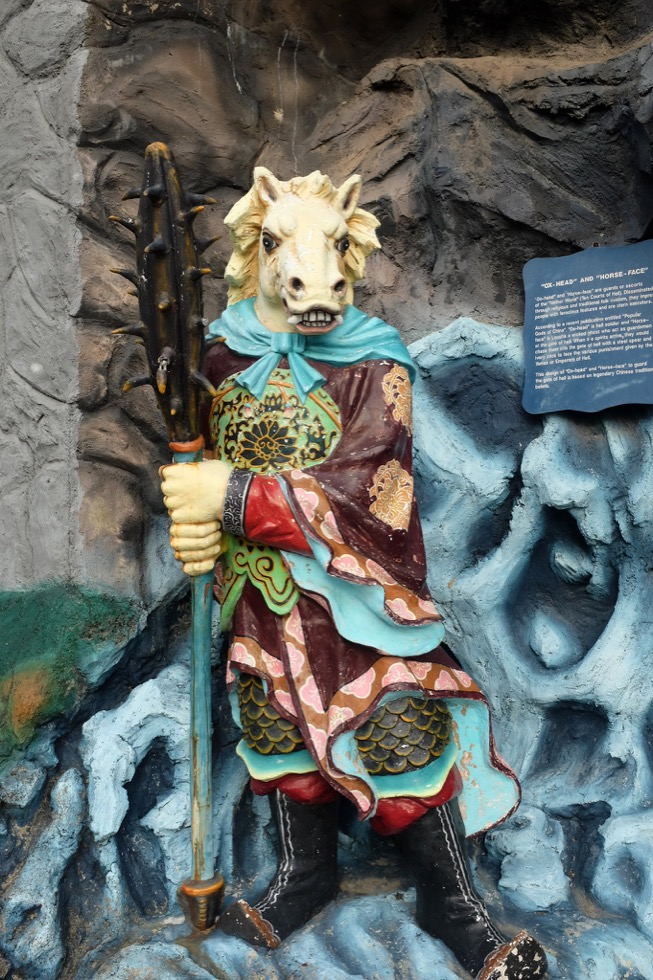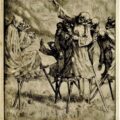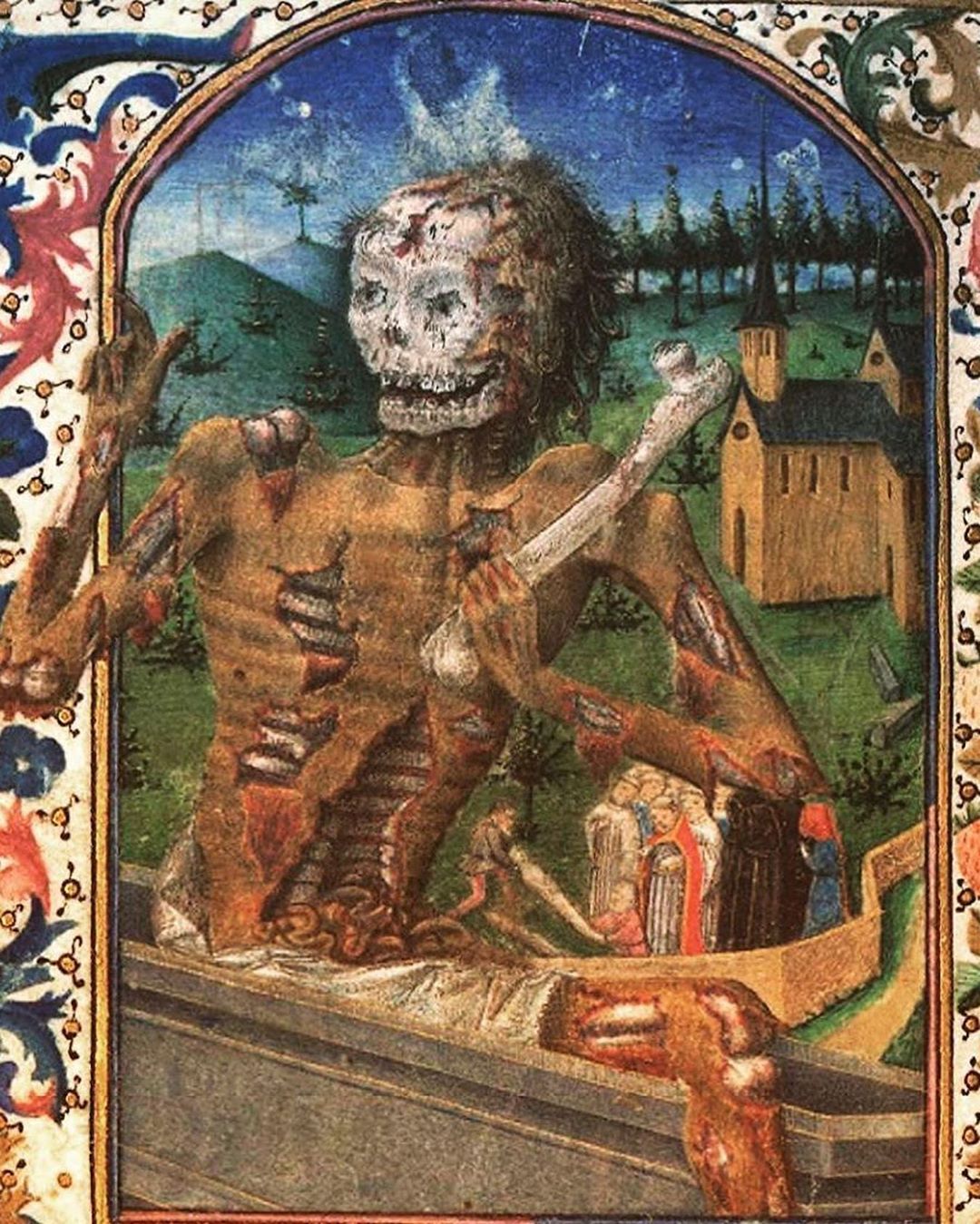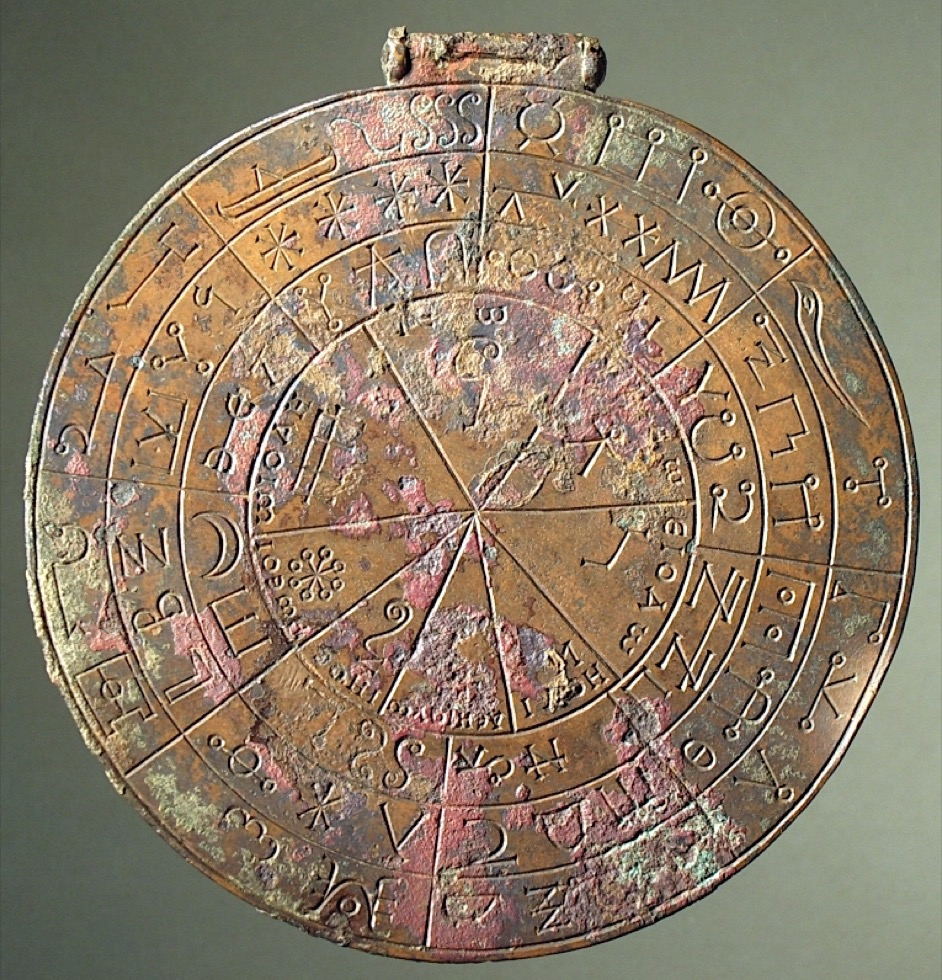
The Prognosticon, or The Divining Disc of Pergamon, is a bronze amulet, found in Asia Minor in 1899CE, that was used by ancient magicians of Pergamon to tell the future. The disc seems to use a combination of magic systems, bearing characters from King Solomon amulets, Greek letters, Egyptian hieroglyphs and planetary symbols.
While the Prognosticon’s divination system is unknown, one theory is that the user was meant to gaze into it’s design, in order to enter an altered state of consciousness for divination. Some believe, that by merely possessing an amulet with its symbol, your insight, intuition, and imagination will be enhanced, and replicas of the artifact have been made for consumers. Image: Staatlichen Museen zu Berlin, CC-BY-NC-SA




